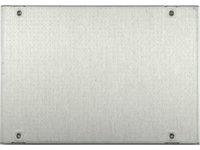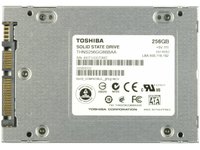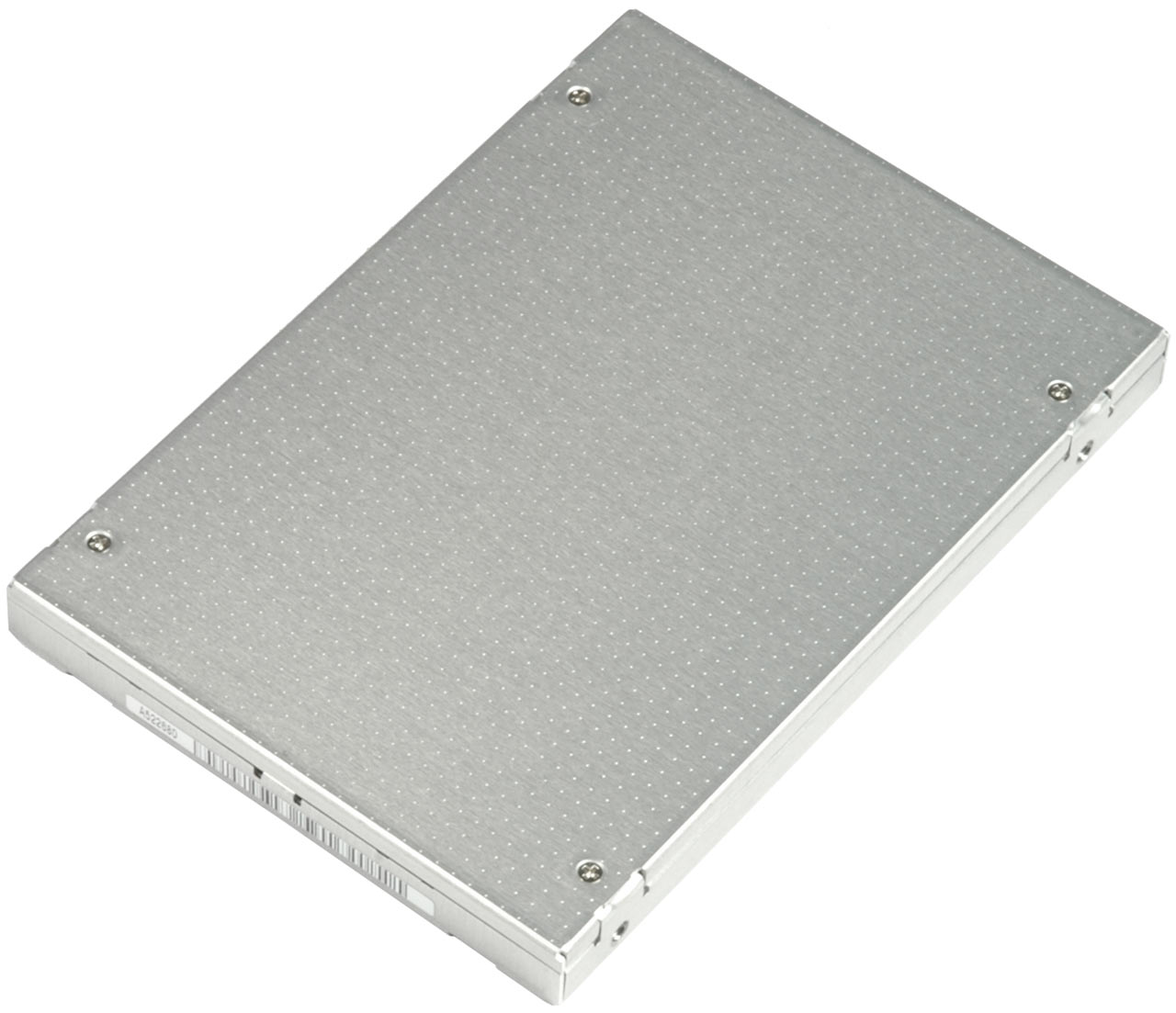Spring 2010 Solid State Drive Roundup, Part 1
Toshiba HG2 (256GB)
Lastly, there is Toshiba’s first flash SSD drive. The firm clearly has not optimized the HG2 for maximum performance, as it has a few weaknesses. The measured average access time is longer than on the other drives, although 200-210 microseconds still are very quick. Read throughput varies between 162 and 210 MB/s, although the average results are very close to the maximum result. Write performance may drop to 108 MB/s, but average and peak write throughput is between 185 and 192 MB/s, which is a good result.
The Toshiba drive's I/O performance is dramatically low; the drive actually does not even deliver better I/O performance than a mechanical 2.5” hard drive. The only exception is the Web server test, which doesn’t include any write activity. The slow I/O write performance also applies to 4K random writes, where the drive really falls behind.
However, the application benchmark results don’t reflect these poor low-level results. The overall score is only 15% behind Crucial and OCZ, or around 50% of Intel’s result if you want to take the X25-M G2 as the basis. So far, the Toshiba HG2 SSD does well when it is supposed to execute read operations, but its real benefit is low power consumption.
Toshiba's sub-0.1W idle power requirement ties with Intel. Maximum throughput requires 0.5W, which is about half of the other drives' consumption. With HD video playback, we measured only 0.2W. Unfortunately, the drive went straight up to 3.0W during our workstation I/O power test. Stay away from I/O-intensive applications and Toshiba’s drive will reward. Otherwise, wait for updated firmware.
Not that it'll matter for most folks. Again, our North American audience will find that availability of the HG2 is disappointingly scarce.


Get Tom's Hardware's best news and in-depth reviews, straight to your inbox.
Current page: Toshiba HG2 (256GB)
Prev Page Solidata K5 (64GB) Next Page Comparison Table And Test Setup